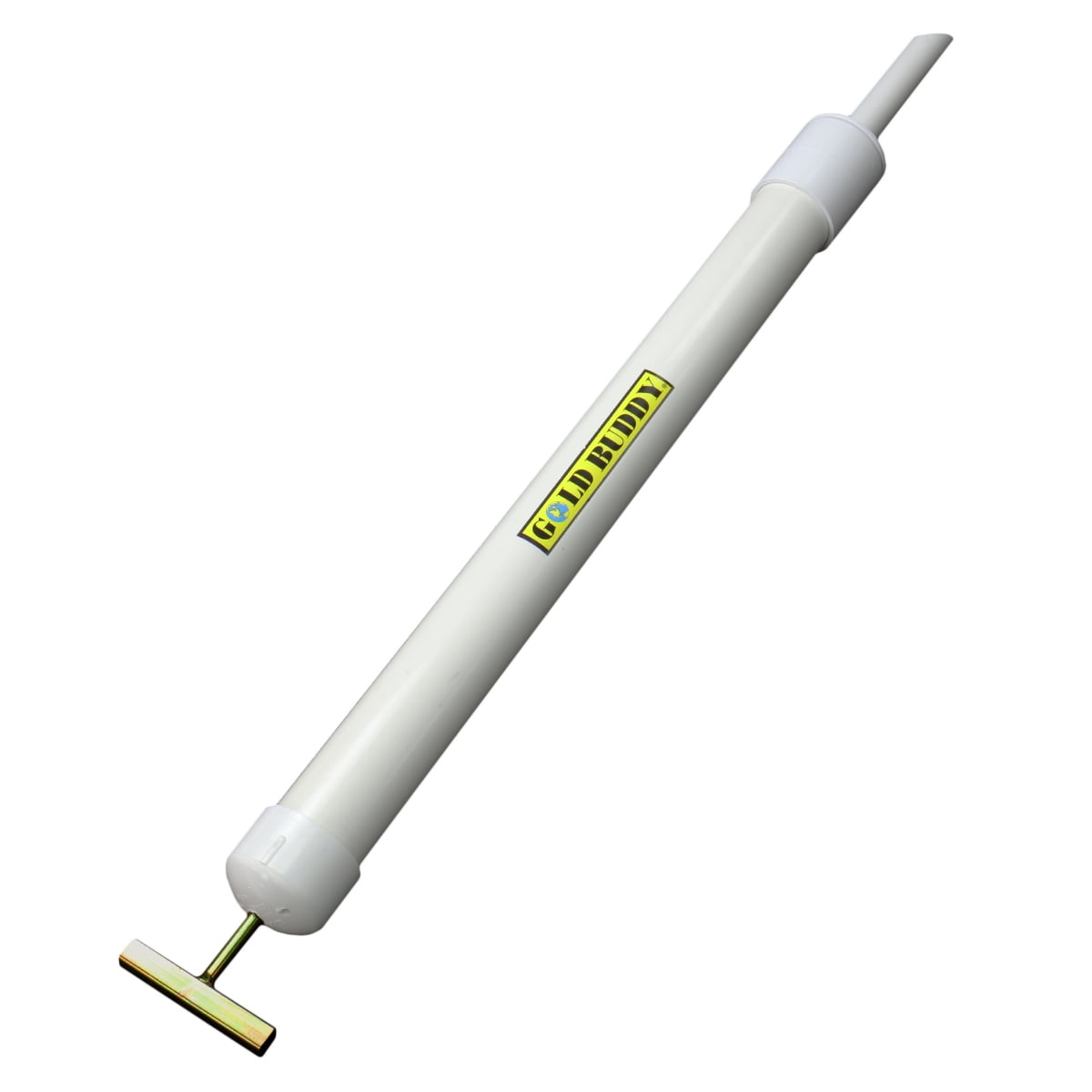


Ideally you'll be able to go fishing on the same day you catch your yabbies. They can be hard to spot with their semi-transparent bodies - you don't want to leave any behind! This way the contents spreads thin, giving you the best chance of spotting any yabbies lurking within. When you empty the pump of sand and water, it's best to disperse it in a sweeping motion. This way you can save yourself some stress instead of trying to do the whole thing in one go. Re-insert the pump two-thirds of the way and repeat, and do the same with the full length of the pump after. Pull the handle and remove the pump from the sand. Start with inserting the pump about of third of the way down the shaft. Opinions on what technique is best vary, but one way of doing it is to empty the hole bit by bit. You'll want to find a hole and stick the pump into it.

They can be found anywhere on the beach the tide reaches, but your best bet is to hunt somewhere between the high and low tide mark, where the sand is not too hard and not too soft. This burrowing behaviour means yabbies leave fairly clear signs of their presence - patches of holes in the sand. Yabbies dig burrows into the sand, tunneling underground and waiting for the tides to bring along with them fresh plankton. This allows you to stick the end of the pump into the sand and pull the handle, sucking water, sand and hopefully yabbies into the tube. A yabby pump is a pretty basic tool - a steel tube with a vacuum sealed pump.


 0 kommentar(er)
0 kommentar(er)
